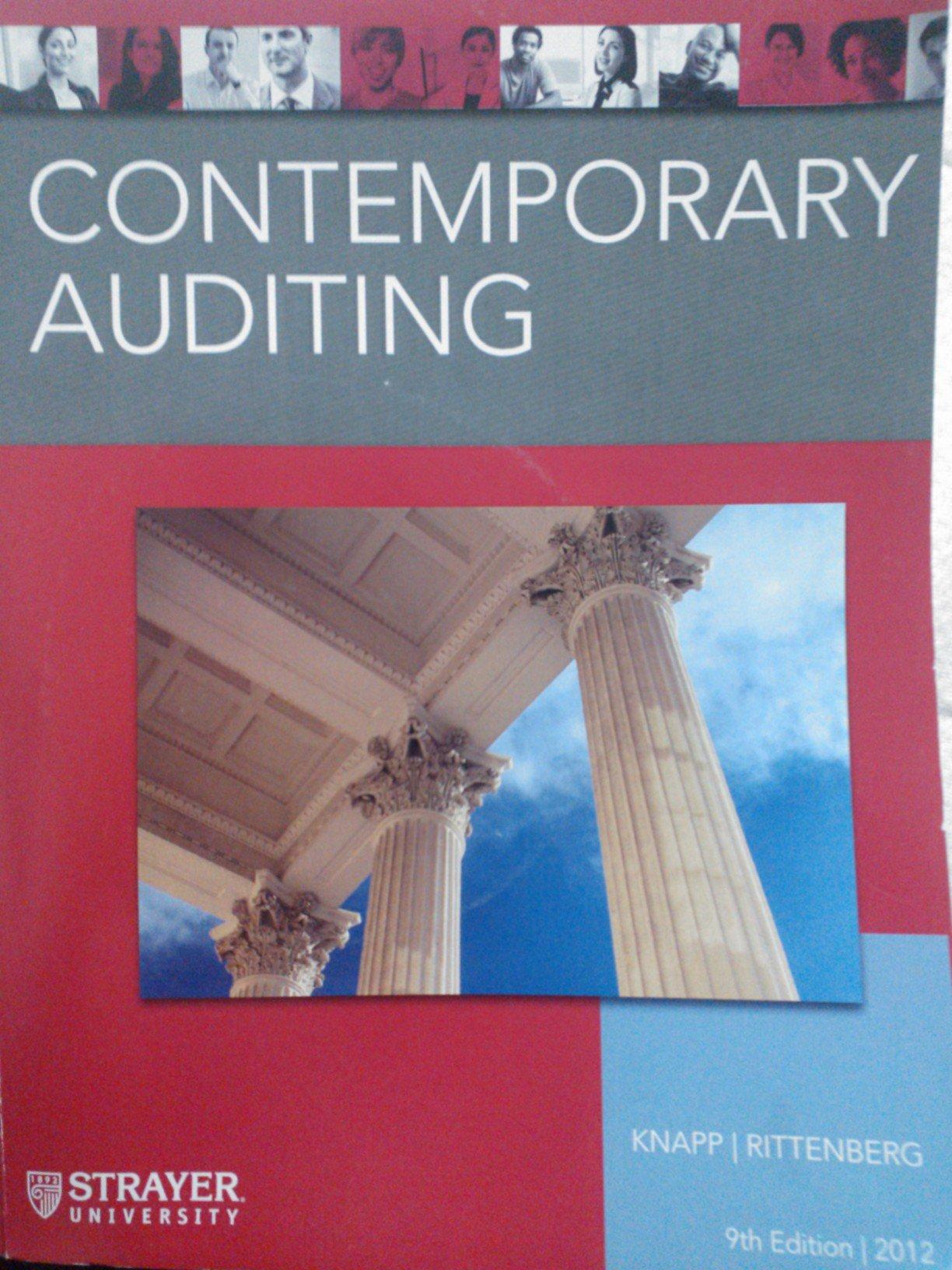






Hrubec Products, Incorporated, operates a Pulp Division that manufactures wood pulp for use in the production of various paper goods. Revenue and costs associated with a ton of pulp follow: Hrubec Products has just acquired a small company that manufactures paper cartons. Hrubec plans to treat its newired cost of $97 per ton. Hrubec's president is anxious for the Carton Division to begin purchasing its pulp from the Pulp Division if the managers of the two divisions can negotiate an acceptable transfer price. Required: For (1) and (2) below, assume the Pulp Division can sell all of its pulp to outside customers for $104 per ton. 1. What is the Pulp Division's lowest acceptable transfer price? What is the Carton Division's highest acceptable transfer price? What is the range of acceptable transfer prices (if any) between the two divisions? Are the managers of the Carton and Pulp Divisions likely to voluntarily agree to a transfer price for 6,700 tons of pulp next year? 2. If the Pulp Division meets the price that the Carton Division is currently paying to its supplier and sells 6,700 tons of pulp to the Carton Division each year, what will be the effect on the profits of the Pulp Division, the Carton Division, and the company as a whole? For (3)-(6) below, assume that the Pulp Division is currently selling only 30,000 tons of pulp each year to outside customers at the stated $104 price. 3. What is the Pulp Division's lowest acceptable transfer price? What is the Carton Division's highest acceptable transfer price? What is the range of acceptable transfer prices (if any) between the two divisions? Are the managers of the Carton and Pulp Divisions likely to voluntarily agree to a transfer price for 6,700 tons of pulp next year? 4-a. Suppose the Carton Division's outside supplier drops its price to only $93 per ton. Should the Pulp Division meet this price? 4-b. If the Pulp Division does not meet the $93 price, what will be the effect on the profits of the company as a whole? 5. Refer to (4) above. If the Pulp Division refuses to meet the $93 price, should the Carton Division be required to purchase from the Pulp Division at a higher price for the good of the company as a whole? 6. Refer to (4) above. Assume that due to inflexible management policies, the Carton Division is required to purchase 6,700 tons of pulp each year from the Pulp Division at $104 per ton. What will be the effect on the profits of the company as a whole? Complete this question by entering your answers in the tabs below. a transfer price for 6,700 tons of pulp next year? (Round "Maximum transfer price" answer to 1 decimal place.) If the Pulp Division meets the price that the Carton Division is currently paying to its supplier and sells 6,700 tons of pulp to the Carton Division each year, what will be the effect on the profits of the Pulp Division, the Carton Division, and the company as a whole? (Do not round intermediate calculations.) What is the Pulp Division's lowest acceptable transfer price? What is the Carton Division's highest acceptable transfer price? What is the range of acceptable transfer prices (if any) between the two divisions? Are the managers of the Carton and Pulp Divisions likely to voluntarily agree to a transfer price for 6,700 tons of pulp next year? (Round your answers to nearest whole dollar amount.) Complete this question by entering your answers in the tabs below. Suppose the Carton Division's outside supplier drops its price to only $93 per ton. Should the Pulp Division meet this price? \begin{tabular}{l|l|l|l|l|} \hline Req 1 & Req 2 & Req 3 & Req 4A \\ \hline \end{tabular} Req 4B Req 5 Req 6 If the Pulp Division does not meet the $93 price, what will be the effect on the profits of the company as a whole? \begin{tabular}{|l||l|l|} \hline Profit of the company will & & \\ \hline &
> \end{tabular} Refer to (4) above. If the Pulp Division refuses to meet the $93 price, should the Carton Division be required to purchase from the Pulp Division at a higher price for the good of the company as a whole? Should the Carton Division be required to purchase from the Pulp Division Refer to (4) above. Assume that due to inflexible management policies, the Carton Division is required to purchase 6,700 tons of pulp each year from the Pulp Division at $104 per ton. What will be the effect on the profits of the company as a whole













